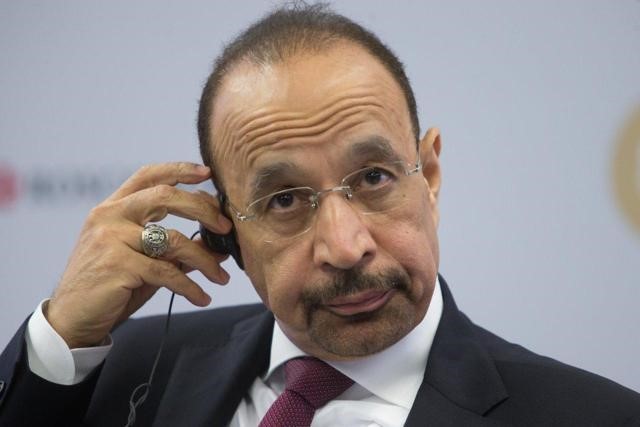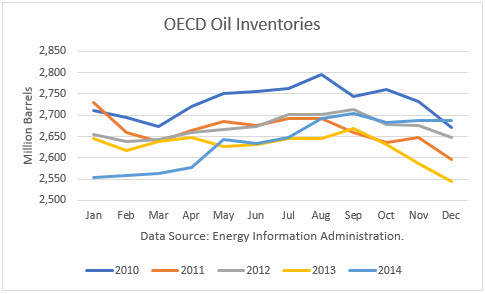
According to OPEC, global OECD oil inventories fell 22 million barrels in June to end at 3.033 billion. But that figure is 252 million barrels above its five-year average. OPEC has targeted reducing those inventories to the average level, but its own supply-demand projections imply that goal will not be met through 2018, assuming it maintains production at the July 2018 level. In fact, there will be a 45 million barrel build in 2017, and an additional 162 million barrel build in 2018, even if production does not rise after the extension ends in March 2018. This implies that oil prices will need to be below marginal production costs for some time in order to limit production growth.
July Production
OPEC reported that production rose by 173,000 b/d in July to average 32.869 million barrels per day (mmbd). OPEC’s 32.5 mmbd ceiling included Indonesia but did not in Equatorial Guinea, and so the adjusted July figure was 33.449. This implies that OPEC produced 949,000 b/d above its ceiling, a large failure, especially considering that it had been claiming to be 100% (or more) compliant with its quotas. Continue reading "Oil Market Outlook Deteriorating With OPEC's Production Rise"


